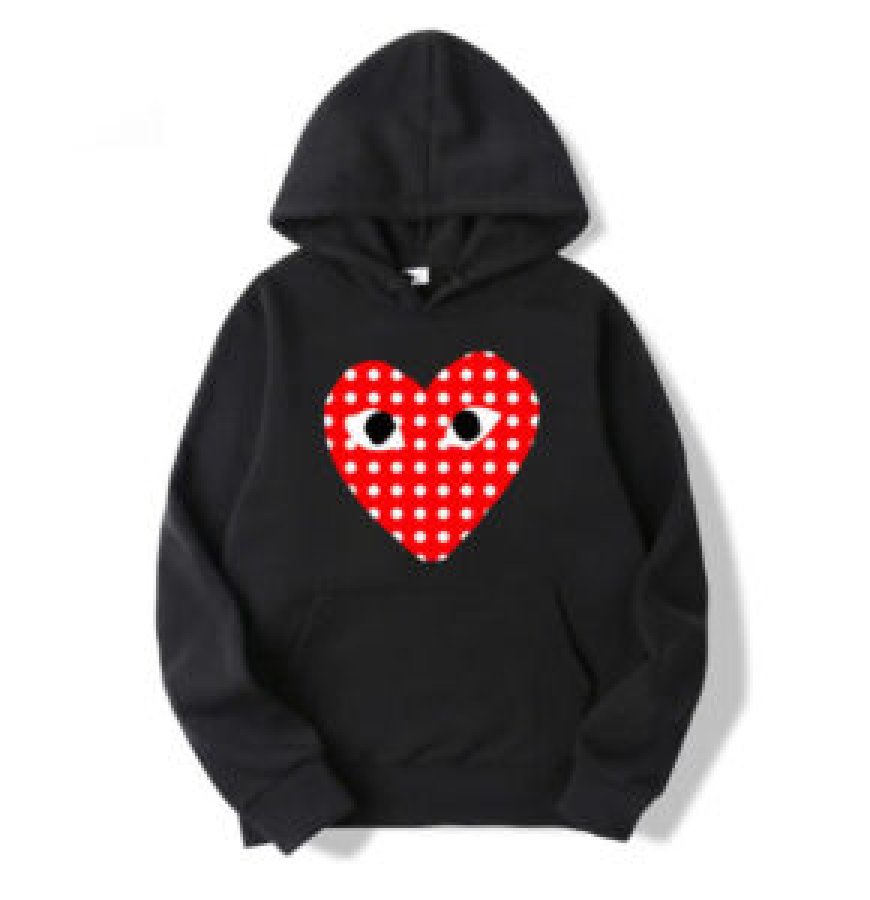Fashion as Resistance: The Subversive Language of Comme des Garçons

Fashion has long functioned as more than mere adornment. At its most powerful, it disrupts norms, questions authority, and challenges the status quo. Comme Des GarconsFew contemporary fashion houses embody this spirit of resistance as vividly and consistently as Comme des Garons. Founded in Tokyo in 1969 by Rei Kawakubo, the brand has made its name by rejecting traditional beauty standards, subverting Western fashion tropes, and creating garments that often seem to speak a language of their ownone that is political, philosophical, and deeply avant-garde.
The Origins of an Anti-Fashion Revolution
Rei Kawakubo did not come from a traditional fashion background. Trained in fine arts and literature, her path into design was driven by a desire to express ideas, not just make clothes. When Comme des Garons debuted in Paris in 1981, the brand shocked European fashion critics and audiences alike. The collection, primarily black, featured torn fabrics, asymmetrical shapes, and loose silhouettes that defied the eras obsession with glamour and form-fitting opulence.
The critics dubbed it "Hiroshima chic" for its seemingly apocalyptic aesthetican offensive and reductive term that missed the point entirely. What Kawakubo was doing was revolutionary. She introduced a vision of fashion that was raw, imperfect, and explicitly resistant to consumerist expectations of polish and perfection. Her work was not about dressing women to please the male gaze; it was about empowering them to reject it.
Deconstruction as a Political Act
Comme des Garons is synonymous with deconstructionnot only as a design technique but also as a philosophy. Kawakubo dismantles what fashion is supposed to be. Sleeves are detached or misaligned, seams are exposed, and garments often appear unfinished. These design choices challenge the viewer to reconsider what qualifies as "complete" or "beautiful."
This deconstructivist aesthetic isnt just about novelty. Its a commentary on the artificiality of conventional fashion. By revealing the internal structures of garments or creating pieces that look like they are falling apart, Kawakubo lays bare the illusion of perfection that the fashion industry perpetuates. In doing so, she reclaims the narrative for those who do not conformwhether to gender norms, body standards, or societal expectations.
Gender Fluidity and Body Politics
One of the most radical elements of Comme des Garons is its consistent refusal to adhere to gender binaries. Long before gender-neutral fashion became a mainstream conversation, Kawakubo was designing clothes that rejected the traditional silhouettes of masculinity and femininity. Her garments often mask the body entirely, erasing curves or muscles that would signify gender identity.
This approach is deeply political. In a society that often insists on labeling and categorizing, Kawakubos refusal to play by those rules acts as a quiet form of protest. By creating androgynous garments or ones that completely obscure the figure, she offers liberation to those who feel constrained by gender expectations.
Moreover, the body itself is frequently reimagined in Comme des Garons collections. Some pieces distort the human form with bulging silhouettes, hunchback-like humps, or exaggerated proportions. These garments force us to confront our discomfort with non-normative bodies. They question why certain shapes are seen as grotesque, while others are idealizedand they demand that we expand our definition of beauty.
Aesthetic Disruption in a Capitalist World
Comme des Garons exists within the fashion industry, yet it continually resists its commercial demands. While other brands chase trends and seasonal relevance, Kawakubo has built a legacy on doing the opposite. Many of her collections are anti-fashionnot designed to sell in large quantities, but to provoke thought.
Despite this resistance, Comme des Garons is commercially successful, operating dozens of retail spaces globally and producing multiple lines. This dualitythriving within a capitalist system while actively challenging its valuesis perhaps one of the most fascinating aspects of the brand. It shows that subversion and success are not mutually exclusive. Kawakubo uses the system to fund her art, even as she critiques it.
The brands stores, such as Dover Street Market, are also exercises in resistance. These are not standard retail spaces but curated experiences that blend art, architecture, and fashion. They disrupt the fast-fashion mentality by slowing down the shopping experience and prioritizing conceptual storytelling over consumption.
Silence as Power: The Enigma of Rei Kawakubo
Part of what makes Comme des Garons so powerful is Kawakubos near-total silence. She rarely gives interviews and often lets her work speak for itself. In an industry dominated by media hype and self-promotion, her restraint is radical. It allows the garments to retain mystery and forces critics and consumers to engage with them on a deeper level.
Kawakubo's refusal to explain her work is a kind of resistance in itself. She pushes back against the demand for constant access, immediate interpretation, and easy categorization. Her silence preserves the intellectual and emotional complexity of her collections, making them feel more like art installations than fashion shows.
Comme des Garons in the Context of Social Change
Comme des Garons has always existed at the intersection of fashion and philosophy, but its role in social discourse has become more pronounced in the current era of political and cultural upheaval. In recent years, collections have tackled themes like war, identity, and the refugee crisis, not through literal representation, but through abstract storytelling embedded in design.
For instance, the Fall/Winter 2018 collection featured garments that looked like protective armor, hinting at vulnerability and survival in a hostile world. These metaphors invite reflection on broader societal issues without turning the runway into a soapbox. This subtlety is what makes Kawakubos message so enduringit demands that the audience do the intellectual work themselves.
Conclusion: Fashion as a Tool of Freedom
Comme des Garons is not fashion in the traditional sense; it is a language, a protest, and a deeply personal form of expression. Comme Des Garcons Hoodie Rei Kawakubo has used her brand to ask questions that most designers avoid: What happens when fashion is no longer about attraction? What if clothing could be used to defy rather than conform? What if beauty lies not in perfection, but in its absence?
In a world that increasingly demands conformity and instant gratification, Comme des Garons stands as a bastion of resistance. Its subversive language teaches us that fashion can be more than decoration. It can be rebellion. It can be refuge. It can be a mirror held up to societyshowing us not just who we are, but who we have the power to become.





























